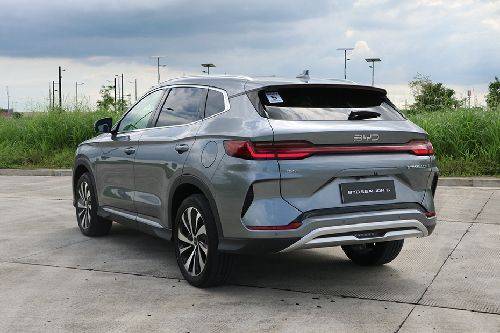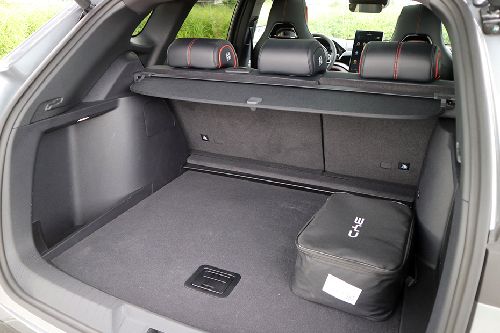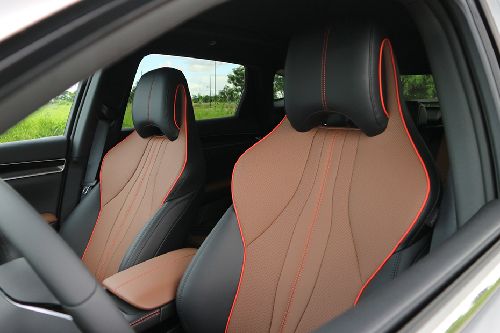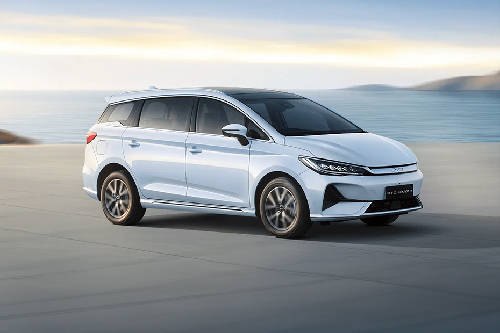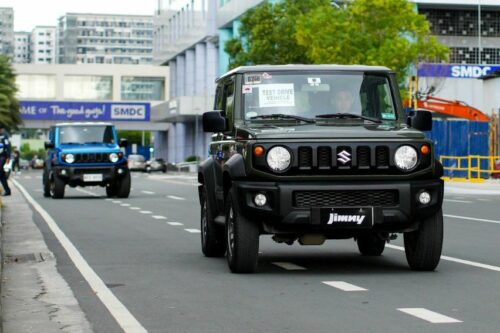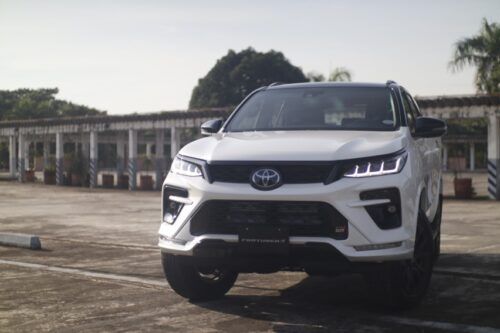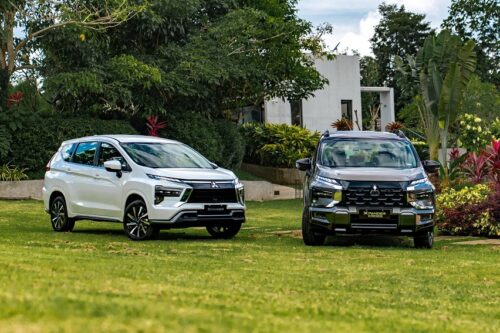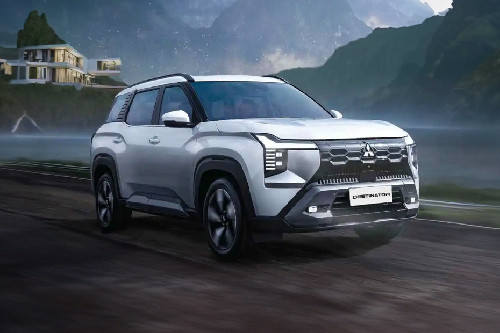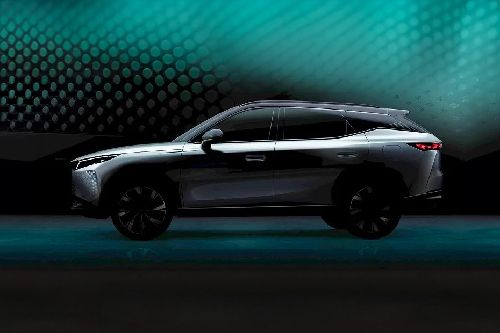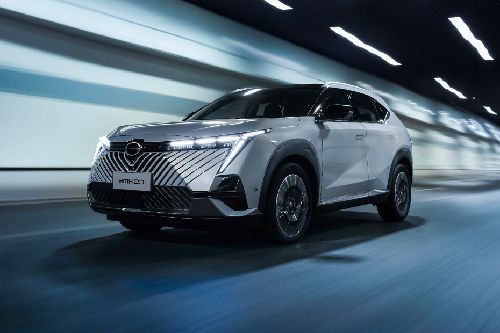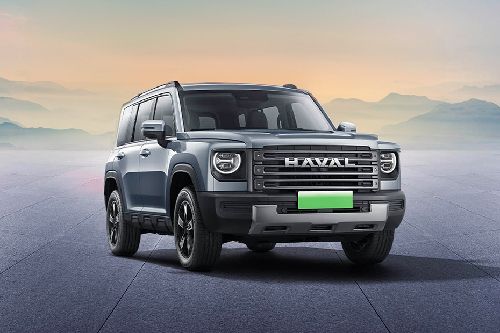How did the BYD Sealion 6 DM-i cover 1k-km in one full tank?
An overview of the DM-i’s tricks to saving fuel
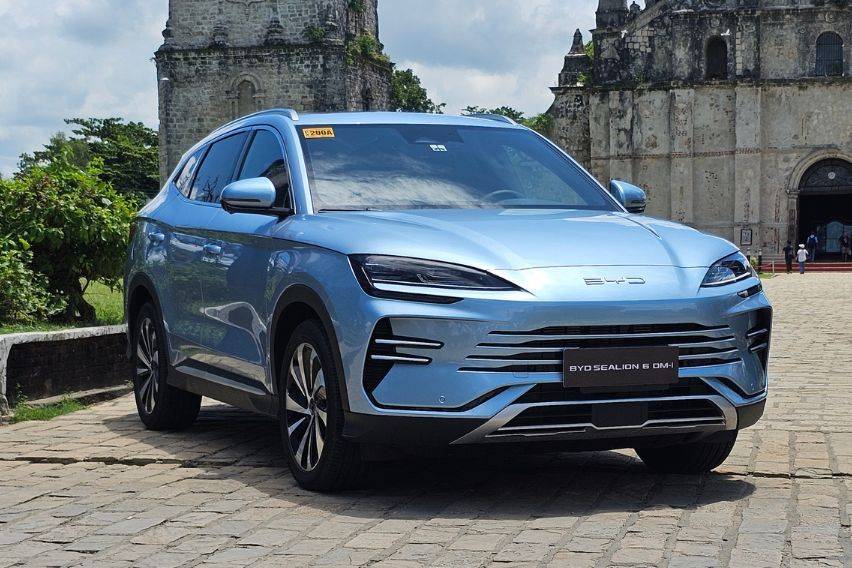
BYD Cars Philippines has recently organized the Sealion 6 DualMode-Intelligent (DM-i) 1,000-kilometer challenge. It involved several Sealion 6 units, which were driven by members of the automotive media from Metro Manila up to Ilocos Norte in three days and with just one full tank of gasoline.
KEY TAKEAWAYS
What is the overall range of the BYD Sealion 6 DM-i’s electric vehicle mode?
The BYD Sealion 6 DM-i’s electric vehicle mode can cover 100 kilometers.What is the price of the BYD Sealion 6 DM-i in the Philippines?
In the Philippines, the BYD 6 DM-i is priced at P1.548 million.Per the name of the event, the BYD hybrid crossover was put through its paces, not in terms of performance, but for its fuel efficiency. It sounds impressive, but how did the DM-i powertrain do it?
BYD Sealion 6 DM-i: The basics
Before getting to the nitty gritty of the Sealion 6, let’s talk first about the components that form the DM-i powertrain.
The DM-i system is comprised of a 1.5-liter inline-4 gasoline-powered internal combustion engine (ICE) paired with a 60-liter fuel tank. It also has an 18.3-kilowatt-hour lithium-iron phosphate Blade Battery and an electric motor.
 Photo from Cesar Guiderone Miguel
Photo from Cesar Guiderone MiguelAlone, the 1.5-liter mill can produce up to 105 horsepower (hp) and 135 Newton-meters of torque (Nm). The electric motor, meanwhile, can churn out 194 hp and 325 Nm of torque. When working together, the whole DM-i system can produce up to 214 hp.
Lastly, the DM-i also has useful vehicle-to-load capabilities, which allow one to turn the Sealion 6 into a mobile generator. Plus, the vehicle is also a plug-in hybrid, so it can be charged using fast DC charging, with speeds of 30 percent to 80 percent charge in just 35 minutes.
In total, the DM-i is touted to feature an overall driving range of 1,100 kilometers (km). Out of the said figure, 100 km can be covered under electric power only.
Fuel-saving arsenal
With regards to how the DM-i system works, it all hinges on the fact that its ICE component is mostly treated as a range extender and a power generator for the battery. Per the Chinese marque, 90 percent of driving conditions primarily use the car’s electric motor.
 Photo from Cesar Guiderone Miguel
Photo from Cesar Guiderone MiguelIn pure electric vehicle (EV) mode, the engine takes a back seat, and the Blade battery and the motor does all the work. The EV mode, however, can automatically switch to the Hybrid Electric Vehicle Series mode when the battery falls below the user-set state of charge (SOC).
The HEV Series mode, meanwhile, activates the engine to act as a generator to charge the battery. It does this while the wheels are being driven by the electric motor.
Last is the HEV Parallel mode, where the full power of the car is activated. The said mode can automatically turn on when one needs to perform overtaking or spirited driving. If a battery has a low SOC, however, the ICE component can take over to drive the wheels.
All of the aforementioned are managed by BYD’s Integrated Dual-Motor Controller. We won’t get into specifics for this part, but this is the brain of the vehicle’s powertrain. In HEV mode, in particular, it automatically knows what the driver is trying to do and thus applies the most efficient combination of electric and ICE power.
 Photo from Cesar Guiderone Miguel
Photo from Cesar Guiderone MiguelAdditionally, the vehicle also has regenerative braking, which can make the battery SOC climb as one drives the car. It is particularly active when used on descending roads and in stop-and-go traffic.
Another tool contributing to the Sealion 6’s fuel-saving arsenal is its effective cooling capabilities. Specifically, it uses advanced heat dissipation for its engine oil and the Blade battery. The said battery, as BYD noted, has cells with a larger surface area, which contributes to staving off heat build-up.
As touted by the car brand, the DM-i system boasts a thermal efficiency of 46.06 percent. This is groundbreaking for saving fuel since the higher the thermal efficiency, the less fuel it takes to make the vehicle go.
 Photo from Cesar Guiderone Miguel
Photo from Cesar Guiderone MiguelIn other words, a higher percentage of thermal efficiency means less wasted energy when converting heat (combustion) to mechanical energy. The aforementioned, of course, can likewise translate to less harmful emissions.
Note that the modes mentioned above are separate from the usual “drive modes” found in the car. It also has a sport mode, which features a stiffened steering feel, a well-balanced normal mode, and an economy mode for more EV and ICE efficiency.
The drive
During the three-day, 1,000-km-long media drive, Zigwheels Philippines and many other participants opted to keep the vehicle in HEV mode and economy mode. It delivered peppy power delivery on the highway. Still, it also returned around 36 kilometers per liter as we drove it from Seda Manila, through the ever-busy Skyway, all the way to our first driver change at the North Luzon Expressway.
 Photo from Cesar Guiderone Miguel
Photo from Cesar Guiderone MiguelOn the second day, we started at a low SOC, but the hilly provincial backroads heading to Paoay, Ilocos Norte from Vigan City gave us a chance to greatly use the vehicle’s regenerative braking. The aforementioned translated to almost 60 percent of the range we gained just from driving through descending mountain roads and some stop-and-go provincial traffic.
On the third day, we started the return trip to Metro Manila with roughly 400 km of overall range. With some EV-only charge to spare, we went through some stretches of the Tarlac - Pangasinan - La Union Expressway under all-electric propulsion only. The decision saved us some usable range as we landed at Seda, Manila, with an 18 percent EV change and 80 kilometers of overall range left.
Mind you, we didn’t baby the car throughout the drive. In some sections, we revved the engine up high for overtaking and taking on some curvy roads. We also utilized the vehicle’s Sport drive mode, which fully utilized engine or battery power. Regardless, the Sealion 6 completed the 1,000 km journey with just one full tank of fuel.
What this means in day-to-day driving
Simply put, a user of the Sealion 6 DM-i won’t have to refill its fuel tank for weeks on end. Yes, the aforementioned may also apply to in-city driving since the car’s regenerative braking works great in stop-and-go traffic.
 Photo from Cesar Guiderone Miguel
Photo from Cesar Guiderone MiguelThe said quality of the car presents added value to prospective Filipino buyers since local fuel prices aren’t exactly cheap or stable. Plus, its fuel efficiency goes on top of the fact that it is a reasonably affordable but very plush crossover priced at just P1.548 million, which is quite a deal for a car that can cover over 1,000 km in a single full tank.
Also read:
ACMobility reveals BYD Sealion 6 DM-i
Hybrid crossover shoot-out: BYD Sealion 6 DM-i vs. Honda CR-V RS e:HEV
Sell your car at the best price
 Verified and genuine buyers
Verified and genuine buyers
-
Explore BYD Sealion 6 DM-i
BYD Sealion 6 DM-i Related Stories
- News
- Featured Stories
- Expert Review
BYD Car Models
Don't Miss
Trending & Fresh Updates
- Latest
- Popular
You might also be interested in
- News
- Featured Stories
BYD Featured Cars
- Latest
- Upcoming
- Popular
Latest BYD Sealion 6 DM-i Car Videos on Zigwheels

Compare & Recommended

|

|

|

|

|
|
Seating
5
|
7
|
4
|
7
|
5
|
|
Fuel Type
Gasoline
|
Diesel
|
Gasoline
|
Diesel
|
Gasoline
|
|
Engine
1497
|
2393
|
1462
|
2398
|
1490
|
|
Power
97
|
148
|
101
|
179
|
167
|
|
Torque
122 Nm
|
400 Nm
|
130 Nm
|
450 Nm
|
250 Nm
|
|
Transmission Type
Automatic
|
Manual
|
Manual
|
Manual
|
Automatic
|
|
|
Trending SUV
- Latest
- Upcoming
- Popular
BYD Sealion 6 DM-i Car Articles From Carmudi
- journal






